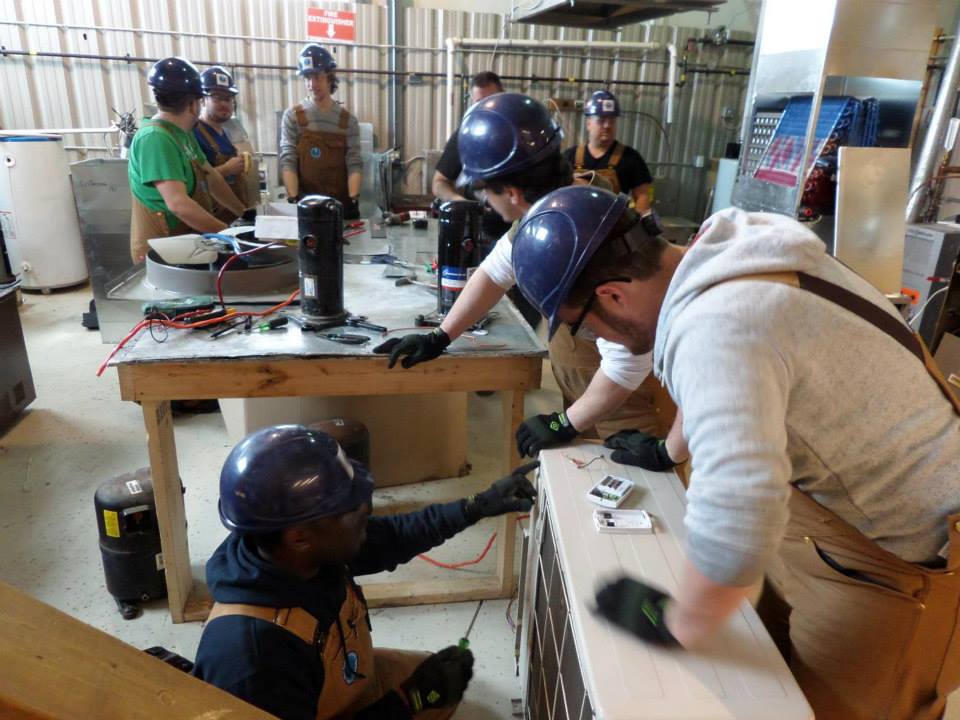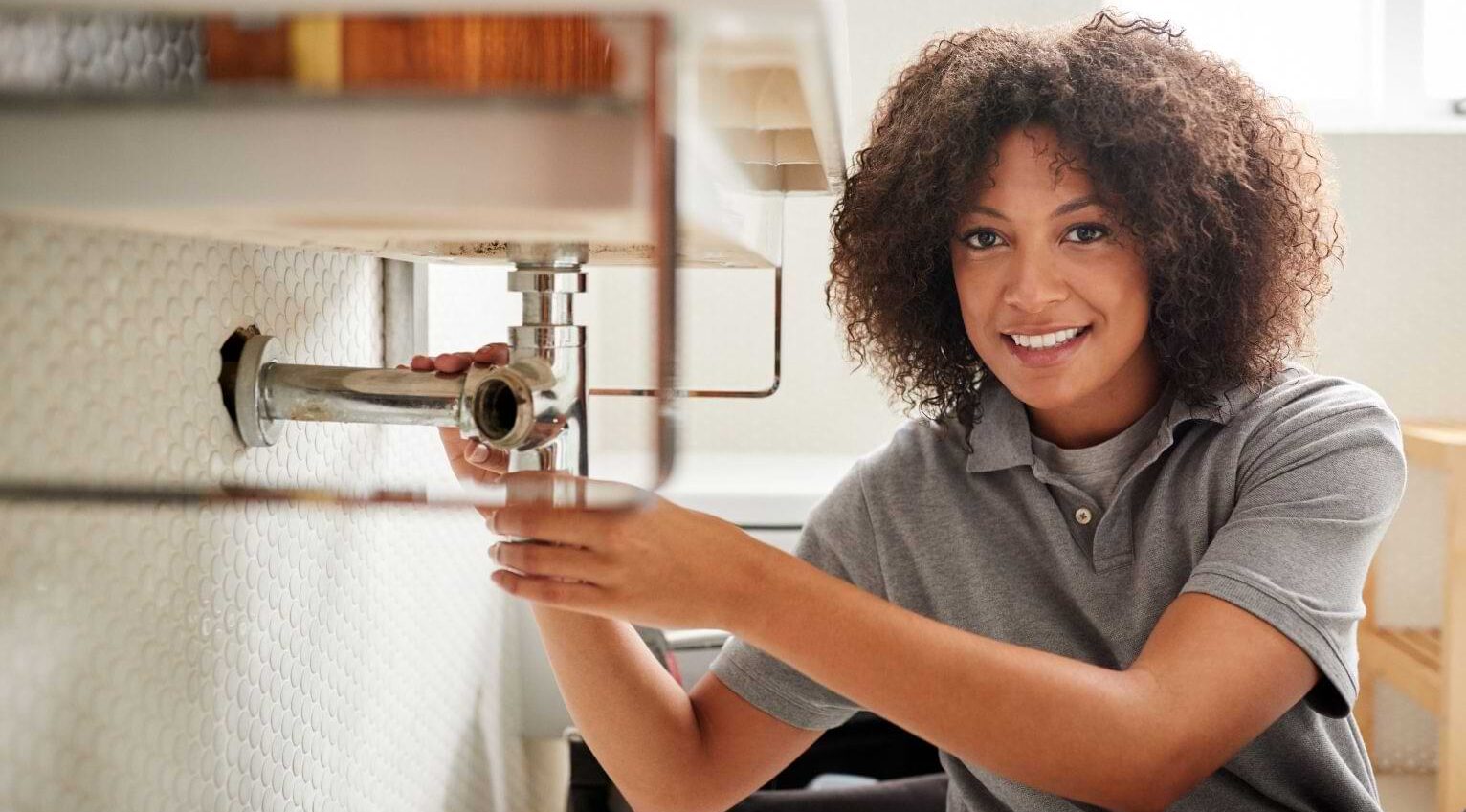Quality Water Heater Installation Alabaster AL for Optimal Comfort
Quality Water Heater Installation Alabaster AL for Optimal Comfort
Blog Article
A Step-by-Step Guide to Reliable Water Heating System Installment for Ideal Performance
Embarking on the task of installing a water heating unit is an endeavor that requires precision and a methodical technique for achieving optimal efficiency. The process begins with the important choice of picking the ideal heating unit tailored to the particular demands of your household, taking into consideration elements such as size, kind, and energy resource. As soon as picked, preparing the installation location to fulfill safety and security criteria is vital. The journey doesn't end here. As you proceed, the ins and outs of connecting water supply lines and establishing up dependable electric or gas connections wait for, appealing understandings right into making certain performance and integrity.
Picking the Right Hot Water Heater

Next, take into consideration the dimension and capacity of the water heating unit. It's essential to assess your home's warm water demands, which can differ based upon the number of passengers and their usage patterns. An unit that's as well little might bring about insufficient warm water, while a large design could result in unnecessary energy consumption.
Effectiveness rankings likewise play a crucial duty in option. Seek water heating units with high Power Aspect (EF) rankings, indicating remarkable performance and minimized energy usage. Tankless designs, though typically extra pricey ahead of time, deal considerable energy cost savings in time because of their on-demand heating capabilities.
Preparing the Installment Location
Before installing a new hot water heater, careful preparation of the installation area is essential. This makes certain a smooth setup procedure and assists avoid future problems (Plumber Alabaster AL). Begin by picking an ideal place that follows regional building codes and safety criteria. The location ought to be dry, well-ventilated, and obtainable for maintenance. It's important to measure the room meticulously to accommodate the water heater's measurements, guaranteeing ample clearance around the system for efficient procedure and servicing.
Inspect the flooring for security, as the water heating system will need a strong, degree surface area to run successfully. If essential, mount a drip frying pan beneath the unit to capture prospective leaks or spills, protecting against water damage to the surrounding area.
Furthermore, make certain that all needed devices and products get on hand prior to beginning the setup. This includes items such as wrenches, screwdrivers, a degree, and any kind of additional equipment required for protecting the heating unit and mounting. A well-prepared installation location establishes the foundation for an effective hot water heater arrangement, enhancing efficiency and security.
Connecting Water Supply Lines
When linking supply of water lines to your freshly set up water heating unit, it is critical to guarantee that all links are leak-free and safe to maintain efficient procedure and prevent water damages. Begin by determining the warm and chilly water lines. The chilly water inlet is typically noted with a blue tag or a "C", while here the warm water electrical outlet is noted with a red tag or an "H".
Use adaptable water heating unit adapters to assist in an easier installation process. Prior to affixing the connectors, put a plumbing technician's tape around the threaded ends of the water heating system's inlet and electrical outlet pipes.
As soon as connections are in area, gradually activate the main supply of water valve. Inspect each link for leaks by visually feeling and examining for moisture. Tighten up links as essential, and make certain the pressure safety valve is appropriately mounted, safeguarding versus too much pressure build-up.
Establishing Electric or Gas Connections
Effectively establishing the electric or gas connections for your water heating unit is an essential action to make certain secure and effective operation. For electrical water heating systems, start by verifying official site that the electrical circuit works with the heating unit's voltage and amperage requirements. Make certain the power supply is switched off at the breaker to stop crashes. Link the electrical wires to the heating unit following the producer's wiring representation. Generally, this entails connecting the ground cable to the environment-friendly terminal, and the continuing to be wires to their matching terminals, protecting each with cord nuts.
For gas hot water heater, safety is extremely important. Verify that the gas supply is off before proceeding. Connect the gas line to the water heating unit making use of a versatile gas port, guaranteeing it is appropriately threaded and secured with pipe joint substance or Teflon tape suitable for gas connections. Tighten the connections with a wrench, Continue taking care not to over-tighten (Plumbing Alabaster AL).
As soon as connections are made, evaluate for any prospective leaks. For gas lines, apply a soapy water solution to the joints; bubbles suggest a leakage. For electric connections, confirm that all wiring is safe and secure and properly protected, keeping conformity with local electrical codes.
Readjusting and checking for Performance
With the electrical and gas connections securely in area, the next step is evaluating the functional performance of your water heating unit. Begin by very carefully turning on the water supply and guaranteeing there are no leaks at any of the shutoffs or joints.
Next, execute a comprehensive evaluation to guarantee the heating components or gas heaters are working properly. For electric heating systems, use a multimeter to verify if the elements are attracting the suitable current. In gas versions, observe the burner flame; it needs to be stable and blue, showing effective combustion.
Readjust the setups as necessary to get rid of ineffectiveness. Consider carrying out insulation steps, such as including a water heating unit blanket, to better boost efficiency by reducing warmth loss. Furthermore, check the anode rod's problem, as a worn-out rod can lower effectiveness and result in container rust.
Verdict
Reliable water heating system installation is essential for making sure ideal efficiency and power financial savings. Firmly attaching water supply lines and carefully setting up electrical or gas connections lessen possible concerns.

Correctly setting up the electric or gas links for your water heater is an important action to make certain safe and efficient operation. For electric water heating units, begin by confirming that the electric circuit is suitable with the heating system's voltage and amperage needs. Attach the gas line to the water heating system using a flexible gas connector, guaranteeing it is properly threaded and sealed with pipe joint substance or Teflon tape suitable for gas links.
Report this page